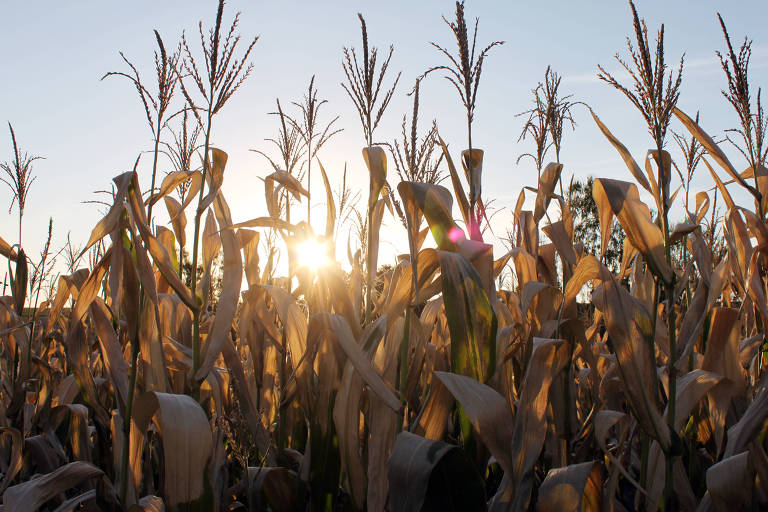Brazil’s National Health Surveillance Agency (ANVISA) approved on Tuesday (23) a new legal framework for assessing health risks linked to pesticides.
The change may cause pesticides now classified as “extremely toxic” to fall into lower categories, such as moderately toxic, mildly toxic or unlikely to cause acute health damage.
The agency will adopt new criteria and use only mortality studies to define classification — that is when inhalation or ingestion carries a risk of death or other severe health damage.
Today, to determine the degree of toxicity of a pesticide, the current model takes into account mortality studies on different types of exposure to the product as well as the results in eye and skin irritation tests.
For Anvisa technicians, the model adopted today leads to misclassification. “When our classification came out, no one knew what the correct toxicity was,” said toxicology general manager Carlos Gomes.
According to toxicology safety assessment manager, Caio Almeida, the inclusion of eye and skin irritation studies in the criteria ends up making the majority of pesticides in Brazil registered today as “extremely toxic.”
The agency will adopt a format called the GHS, which is the UN-standard and used in 53 countries, including Europe, and which also applies to other chemicals.
Translated by Kiratiana Freelon
